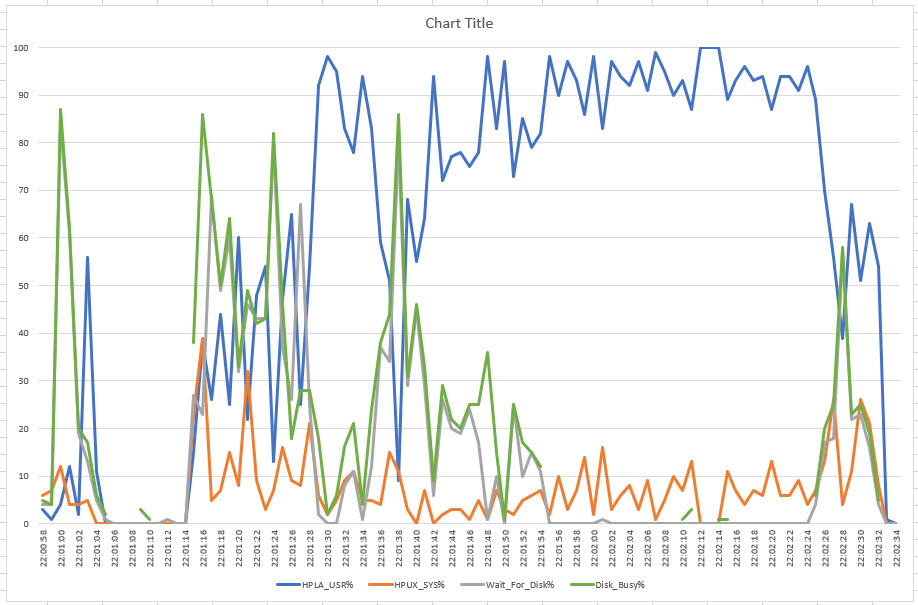Evaluating Battery Backup Solutions for CPAP machines
I recently had a need to provide a battery backup solution for a CPAP machine. A CPAP machine helps people, who suffer from sleep apnea, get a good night’s rest. About 20 million Americans suffer from this condition. This machine provides a large amount of heated, humidified air through a mask. Motors (like those driving a large air pump), and heaters (heating the water to prevent drying out membranes) take a lot of power. The CPAP machine consumes 35w nominally, and 90w peak.

